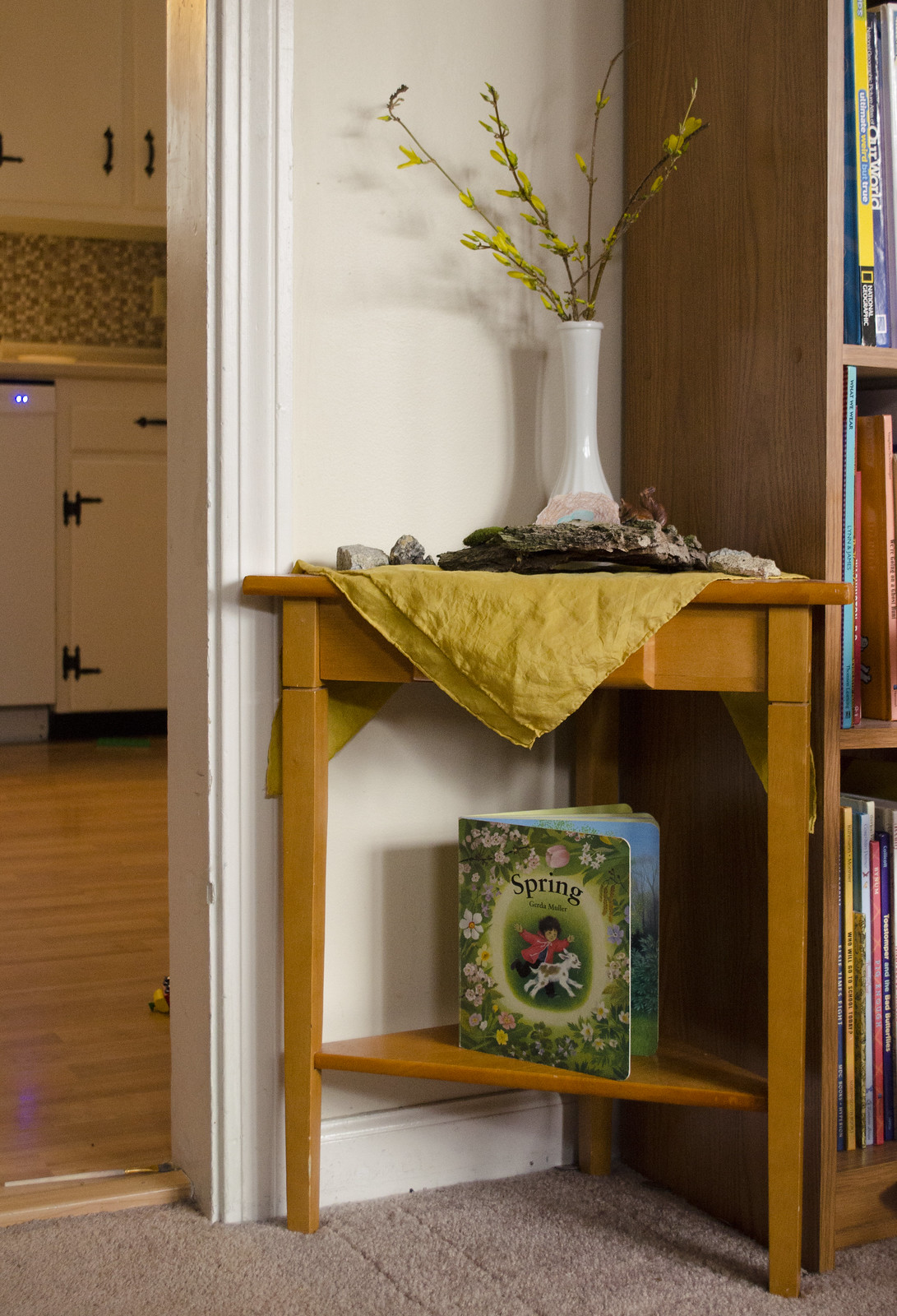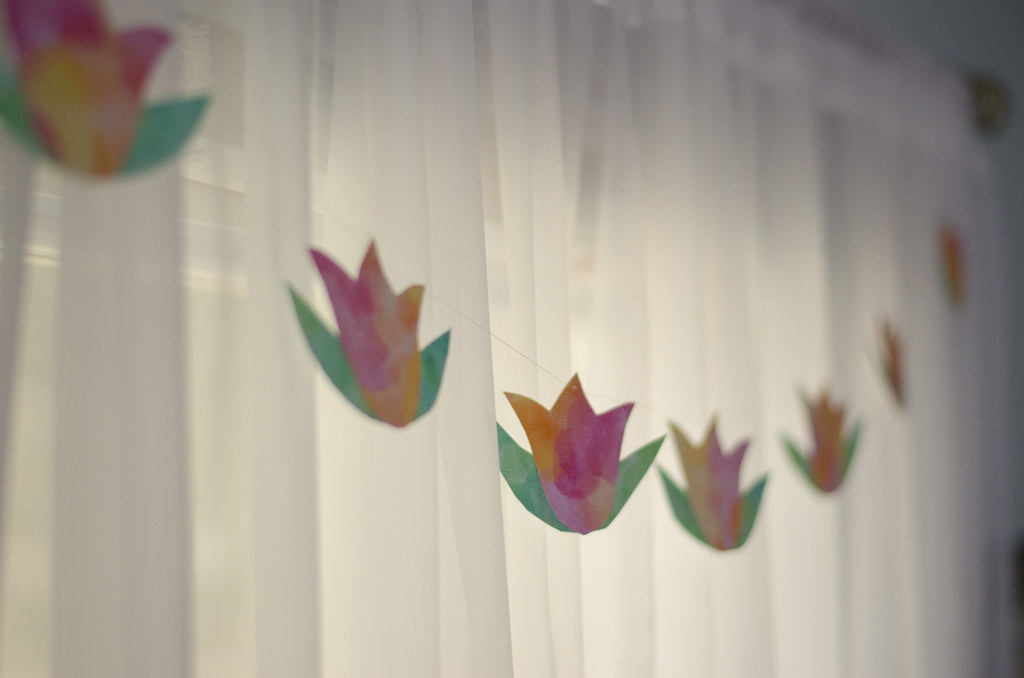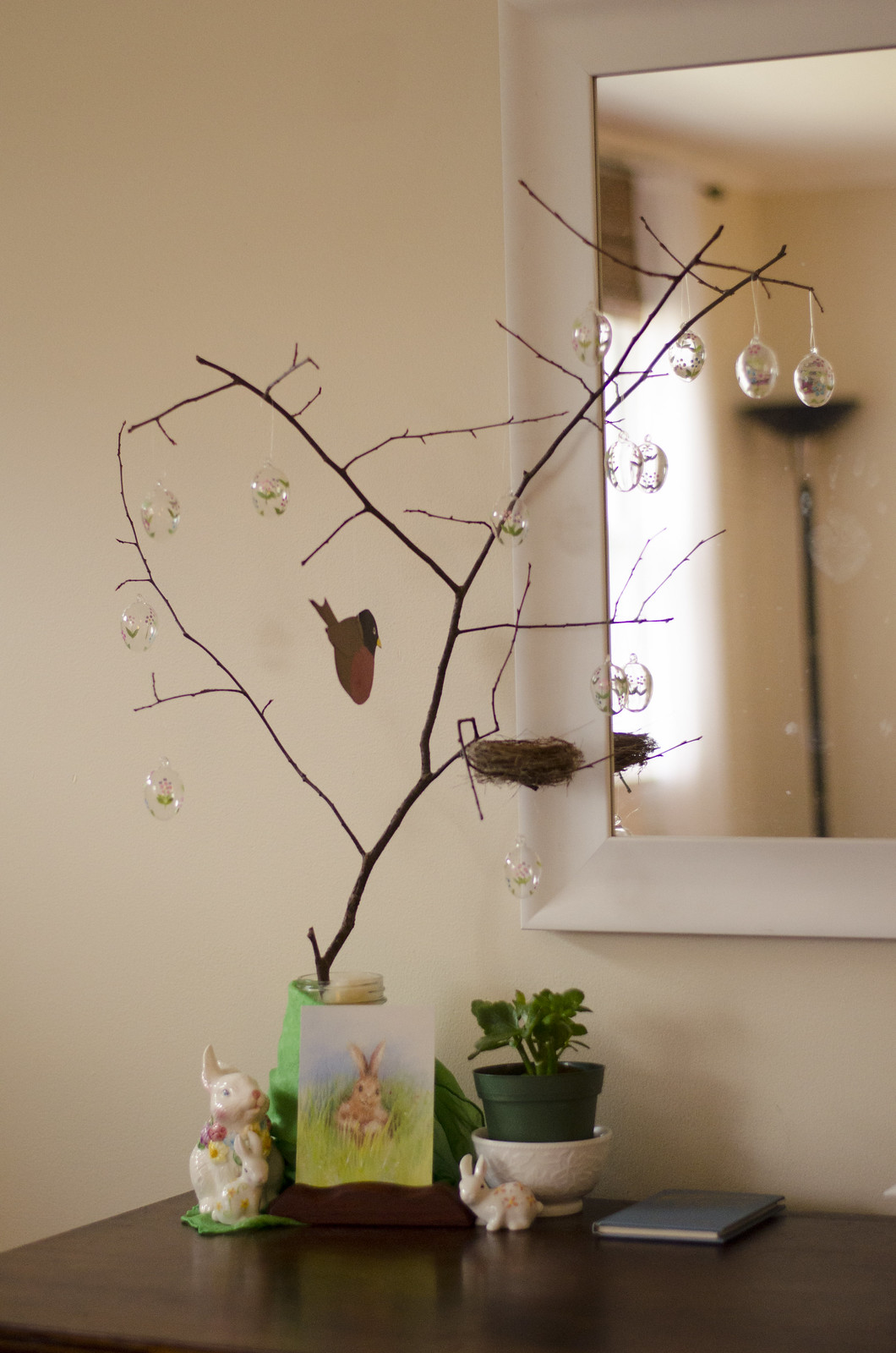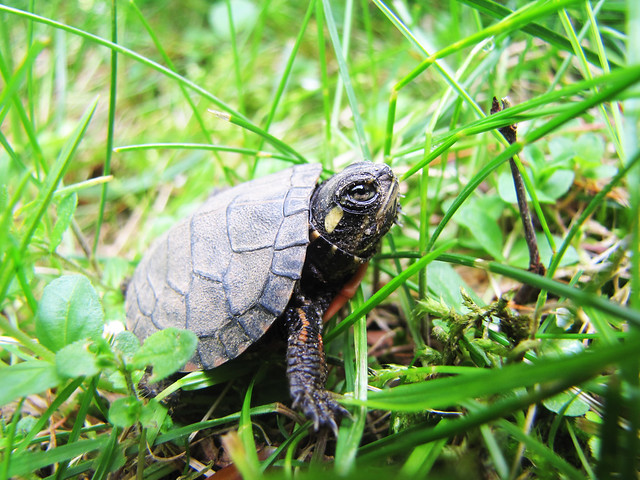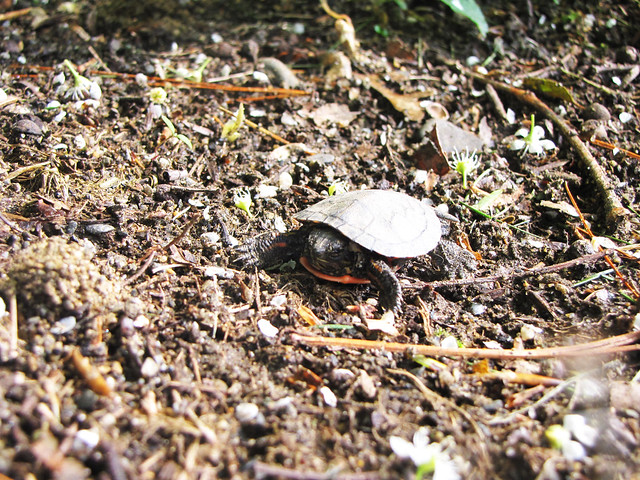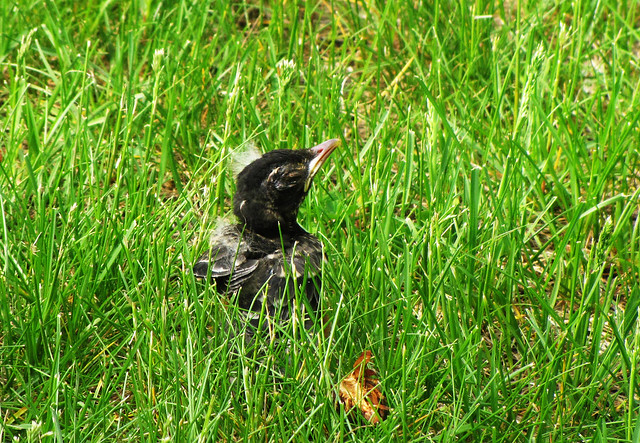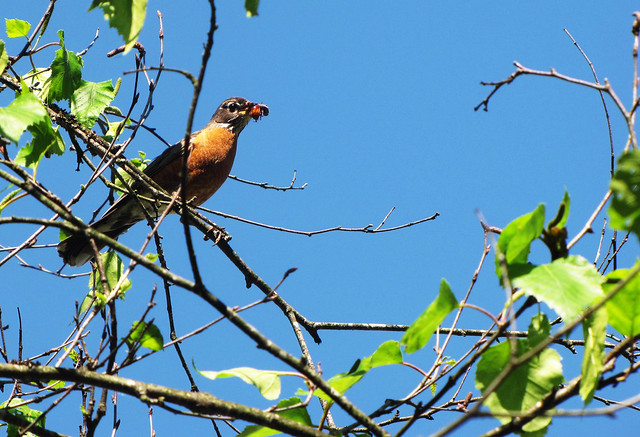Here it is, my friends! The little baby robin who was stranded on my lawn has really grown quite a bit. I’m 99.9% certain this is the same one, as there seems to be only one robin family in my yard. This little one still follows its dad around everywhere, hoping to get a morsel or two. I’m sure it is still learning how to be a robin. I’m so pleased to be able to watch this little life grow. Maybe next year it will have babies of its own to watch over!

On a similar note, I saved another fledgling last night. My neighbor’s cat had just got it, and the parents were going absolutely mad. So, I got some gloves and approached the scene. The cat had put it down, so I just picked it up and carried it across the street to my yard. It just sat in my hand, still and silent. It didn’t look terribly injured, as I think the attack had just started. I held it in my hand for a long time, trying to decide what to do. Eventually, my husband suggested that I set it down in one of our hanging planters, so it would be safe from cats. The planter is next to the front door, so I knew I could keep an eye on it. By the time we had gone around the corner of the house and back inside to the door, the robin was gone! I looked everywhere all over the ground and in the flowerbeds, but it had definitely flown away. I was really pleased to have given it another chance at life.
One thing I must note is that we live on the edge of a conservation area that is a refuge to many beautiful species of birds. However, there are now five, that’s right FIVE, so-called “housecats” that roam free in my yard on a daily basis. We have a cat, but he is indoor only, for his health, and the health of the other living beings in my neighborhood, namely songbirds and small mammals. If you have a cat that goes outside, please read this message from the National Fish & Wildlife Society:
Americans keep an estimated 60 million cats as pets. Let’s say each cat kills only one bird a year. That would mean that cats kill over 60 million birds (minimum) each year – more wildlife than any oil spill.
Scientific studies actually show that each year, cats kill hundreds of millions of migratory songbirds. In 1990, researchers estimated that “outdoor” house cats and feral cats were responsible for killing nearly 78 million small mammals and birds annually in the United Kingdom.
University of Wisconsin ornithologist, Dr. Santley Temple estimates that 20-150 million songbirds are killed each year by rural cats in Wisconsin alone.
Feline predation is not “natural.” Cats were domesticated by the ancient Egyptians and taken throughout the world by the Romans. Cats were brought to North America in the 1800’s to control rats. The “tabby” that sits curled up on your couch is not a natural predator and has never been in the natural food chain in the Western Hemisphere.
Cats are a serious threat to fledglings, birds roosting at night and birds on a nest. Research shows that de-clawing cats and bell collars do not prevent them from killing birds and other small animals. For healthy cats and wild birds, cats should not be allowed to roam free.

